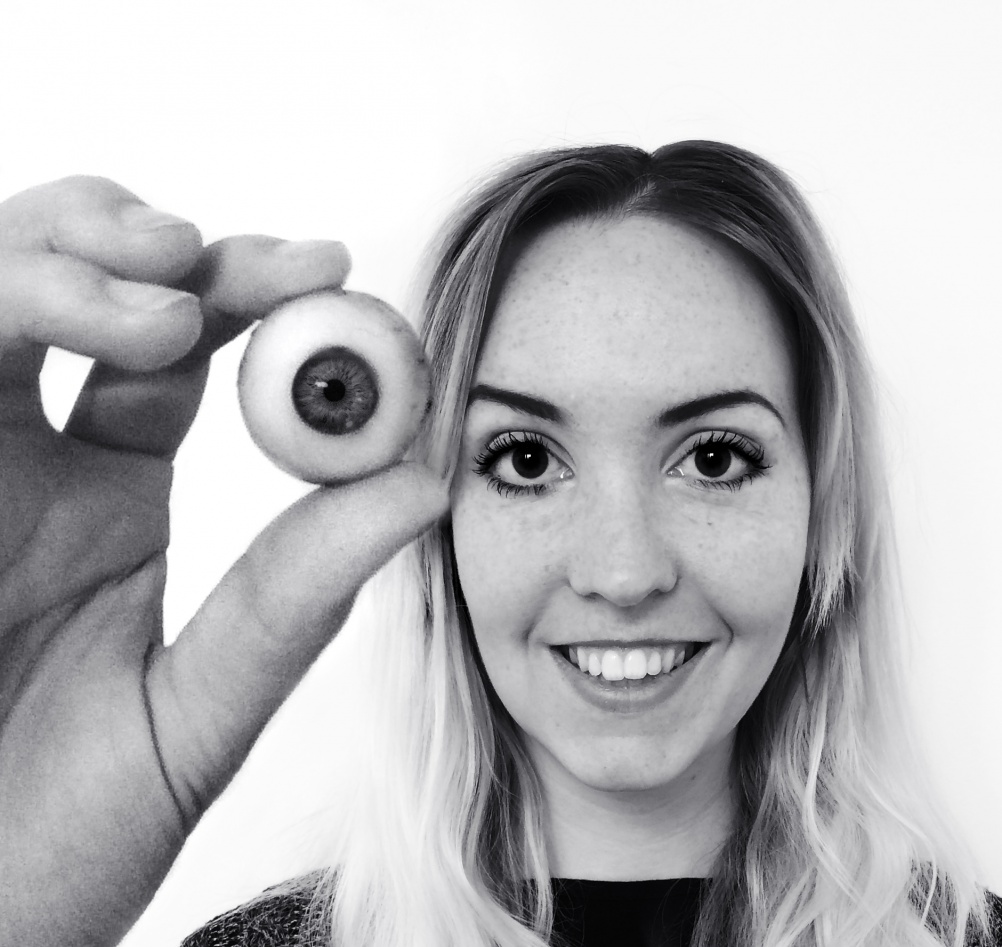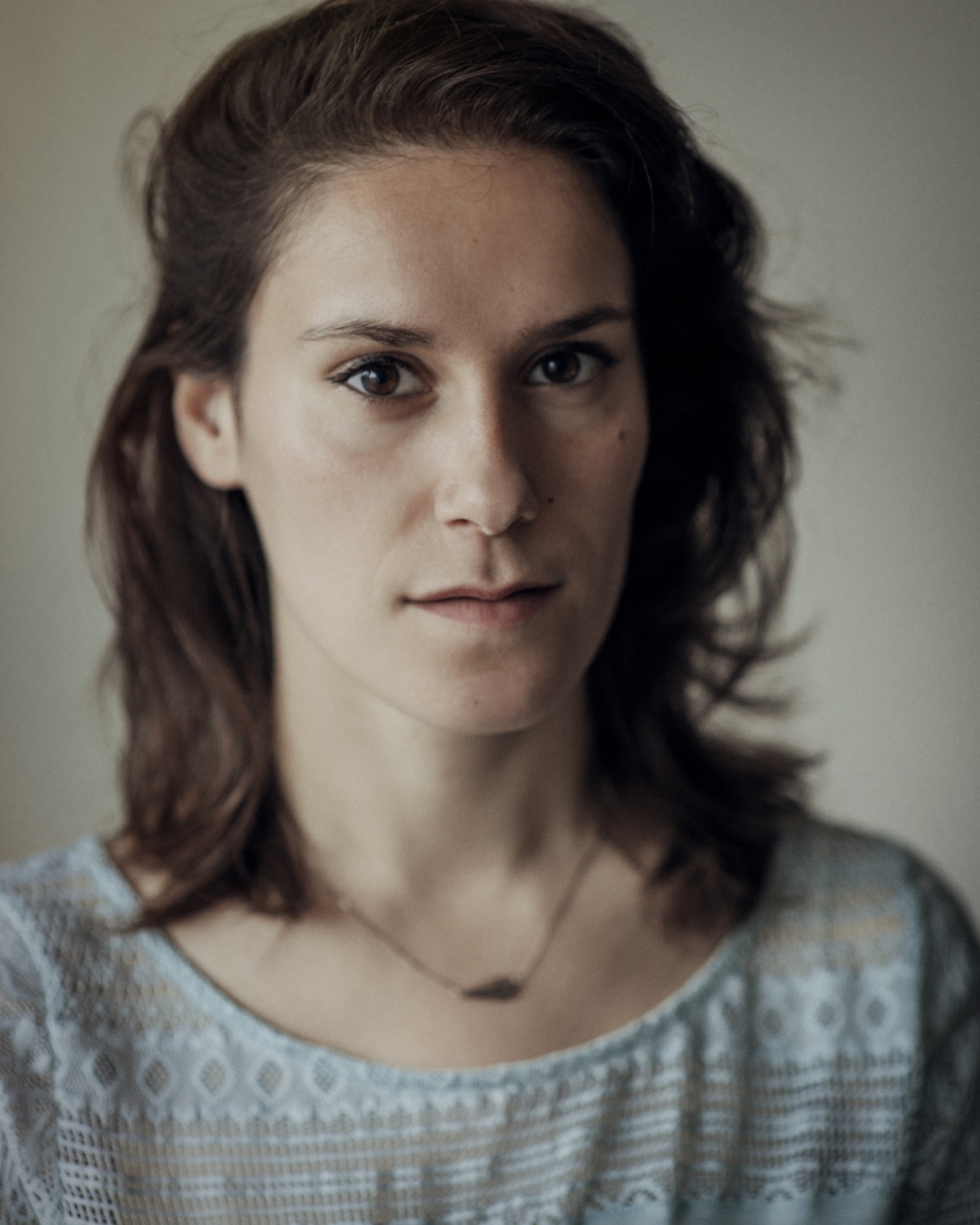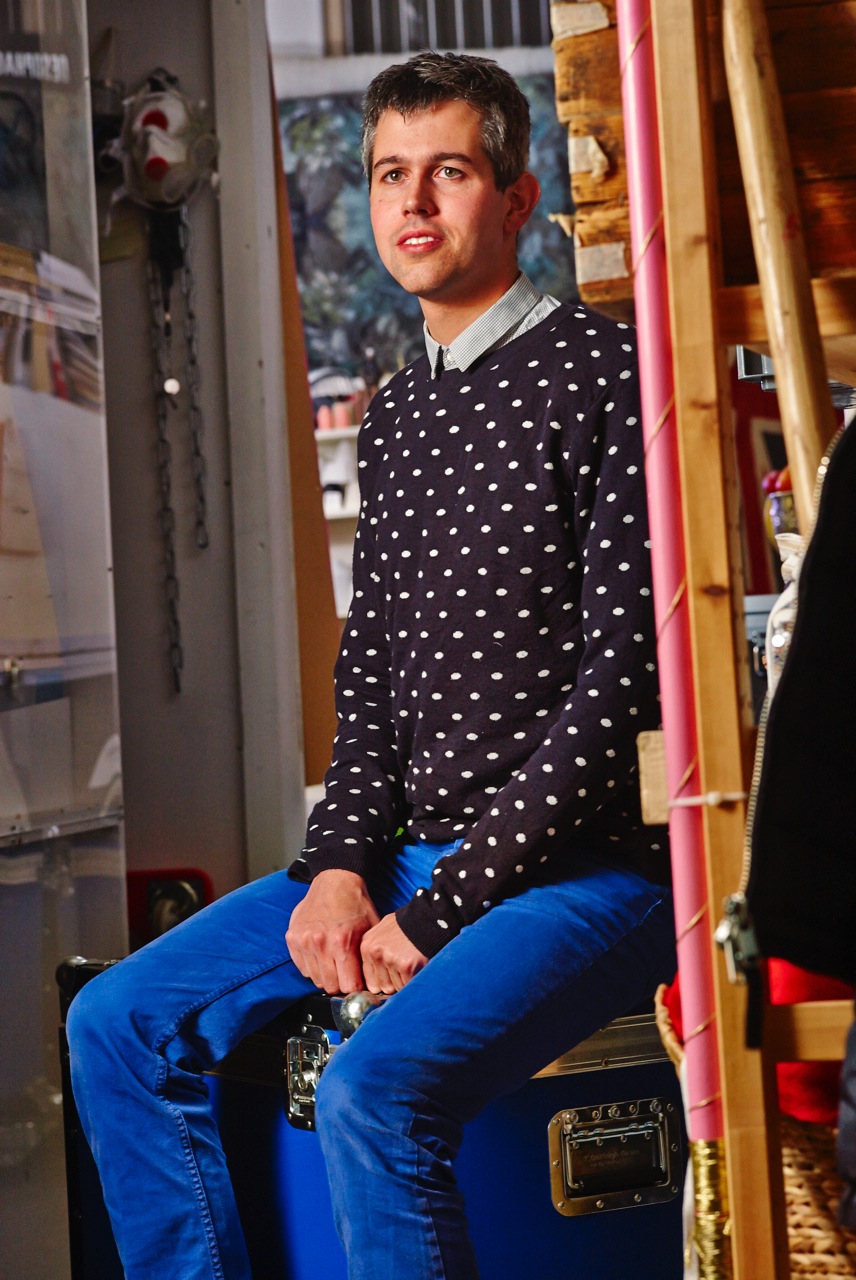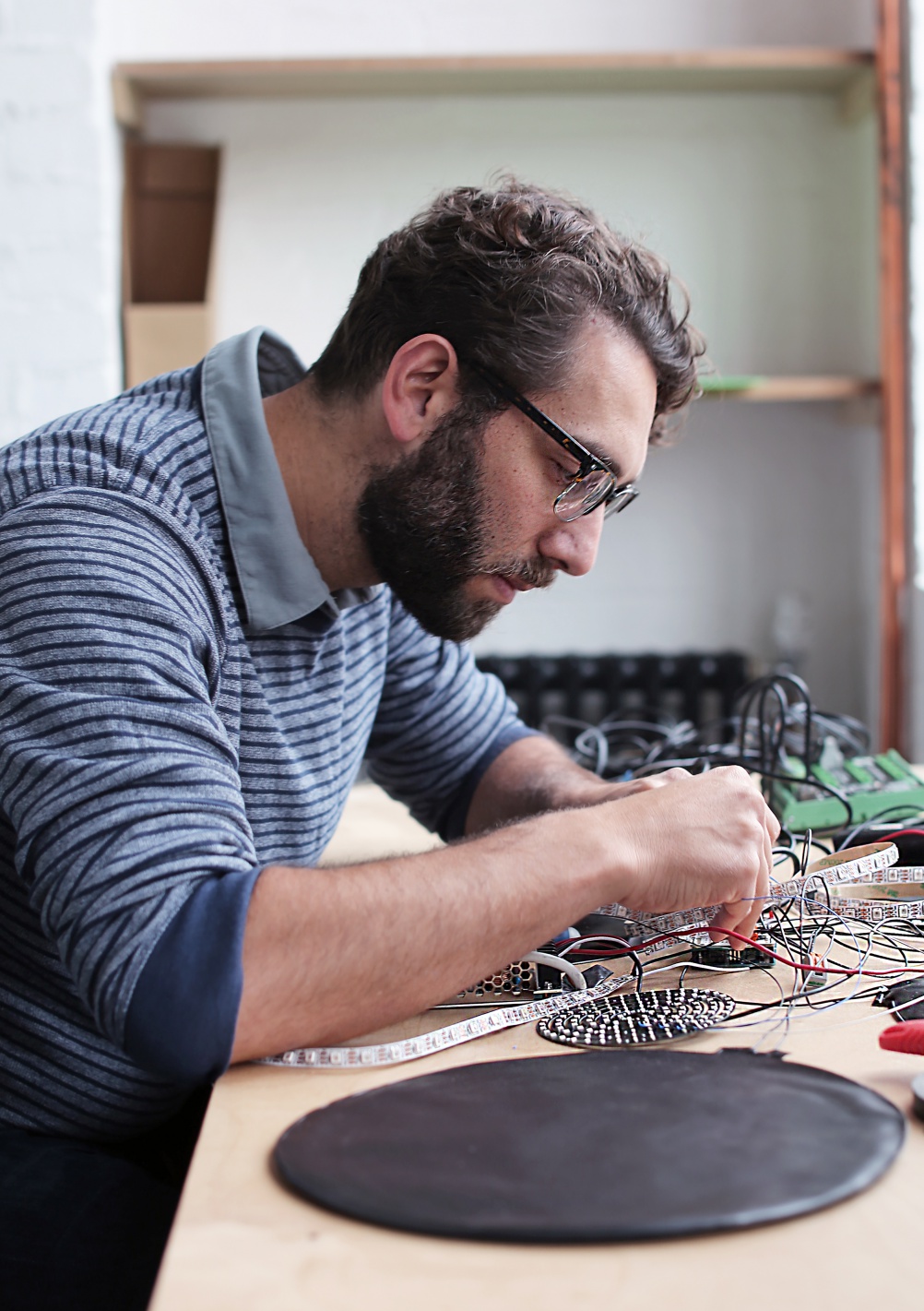Tales of designing with unusual materials…
We ask designers about the strangest material they’ve ever designed with. (Warning – features body parts…)

“Where to begin! Although many of my final sculptural outcomes are synthetic, my research is heavily reliant on recording the textural and visual properties of biological materials. So I have had some amazing opportunities to collaborate with companies and laboratories dealing with unusual substances. Most recently, I had the chance to meet Marcel de Jeu and Jos van der Geest, who showed me around Erasmus MC cadaverous research laboratory, which has its own plastination lab – infusing human flesh with plastic is probably one of the most fantastical yet oddly practical design solutions I have ever encountered.”

“For most people, the material that I am currently working and designing with probably wouldn’t seem like one. Still, my current and one of my upcoming design projects are completely based on this innovative ‘material’. For two years now I have been working with diverse kinds of bioluminescent organisms that could promise us a bright future. They emit light in reaction to movement and/or oxygen. My designs are interactive moving objects that don’t require any electrical input and show the magic and future possibilities of this natural light.”

“In May 2012, we were challenged with making a jelly big enough to surround Brunel’s SS Great Britain ship in Bristol. The resulting 55-tonne behemoth had to be made in an unusual way. The end result was a jelly that, before it set, looked and felt exactly like slime. For a few hours, Brunel’s mighty work was sitting in a pool of fluorescent green gunge. The process was made all the more surreal by our crew – short of money, our hosts had enlisted help from prisoners out on parole.”

“Random numbers: one of the most intriguing challenges in creating digitally-driven, generative experiences is making something behave as if it’s random. We look at how to curate experiences that allow our audiences to be immersed in a moment that’s unique to them – personally. The most central component that we work with is numbers – random numbers. When we’re building generative experiences, it’s up to us to come up with ways for them to behave as if that very moment has never happened before – and won’t happen again. The relationship between random numbers and generative experiences is as important as the physical material choices of your favourite product.”
-
Post a comment




